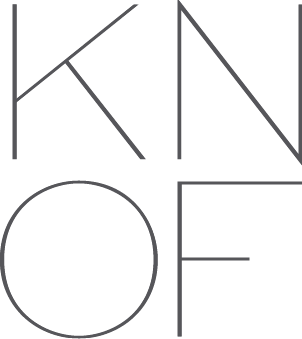Sustainable Trends You Can Apply to Your Kitchen
Today it is all about sustainability and as homeowners, our responsibility is to include as many green choices in our homes as possible. In our ‘Designer in Profile: Susan Knof, Creative Director and Owner of KNOF design’ post, Susan explained how sustainability and environmental considerations should be priorities when considering the design. In the kitchen, this can include eco-friendly materials used for cabinets, cupboard and worktops, sustainable flooring options, efficient appliances and LED lighting. So, let’s look at these four sustainability options in-depth and how you can apply them in your kitchen.
Sustainable Flooring
Go green from the ground up using sustainable materials like cork, reclaimed wood or woven fibre. Natural floor materials offer not only a rustic look but are resilient and excellent at hiding dirt. Look for Forest Stewardship Certified (FSC) materials that come from well-managed forests. In this sense, cork flooring is making a comeback, having been popular in the 1970s, due to its biodegradable and recyclable properties. Cork comes from oak forests in the Mediterranean which have been FSC-certified since 2005. Style and sustainability expert Tara King explains how cork is also sound-proof, soft on your feet and very durable, perfect for high foot-traffic areas like the kitchen. Reclaimed wood from local salvage yards is also a great choice for a chic and durable design theme, as its woven fibre made from plant fibres can vary from soft to rough textures.
Space-Savings Eco Friendly Cupboards
One of the top trends in kitchen design is to maximise space and use it as efficiently as possible, thereby minimising the number of materials used and optimising the amount of natural light. Screwfix’s list of kitchen units and cabinets come in a variety of dimensions with many tall and thin designs, that show it is possible to maximise vertical storage in small kitchens to create more space. In addition, the materials used for cabinetry and work surfaces contribute to a kitchen’s eco-sustainability. When it comes to materials, it's best to choose cabinets and surfaces that are FSC-certified and made with non-chemical-based glue. Grand Design Magazine recommends birch plywood for its strength and minimal waste. Other good options are eco-board, as it’s made with compressed agricultural materials like straw, and reclaimed wood which will lend a stylish rustic look to your kitchen.
Efficient Appliances
Energy and water-efficient appliances are designed to save power, water and money on your utility bills. In the UK, appliances have a colour guide rating the product from A+++ to F, with the former using the least energy while the latter uses the most. Based on European energy efficiency standards for fridge freezers that have at least an A+++ rating, energy consumption is 60% more efficient than A rated ones. Meanwhile, other appliances like dishwashers and washing machines can use up a lot of water, so it’s best to choose an efficient machine to reduce waste and water consumption in your kitchen. In this sense, A+++ dishwashers and washing machines are 30% more efficient than those rated A, using less water and energy.
Low Energy LED Lighting
In the past few years, all lighting fixtures in the UK and EU have been required to meet new energy efficiency standards. As such, energy-efficient LEDs use up to 90% less energy than old bulbs, produce the same amount of light and last up to ten times longer. Up until recently, many kitchens were outfitted with halogen light bulbs, as they were more efficient than the old incandescent bulbs, however, had lots of fittings that increased the cost of lighting. The available range of LED bulbs come in a wide selection of colours to match any kitchen décor, and more than a 10-year lifespan. The Centre for Sustainable Energy describes how their low consumption could save homeowners between £45 and £75. While LED bulbs are slightly pricier, they are much more sustainable, saving 65% energy over halogen bulbs and a whopping 85% over older incandescent light bulbs.





